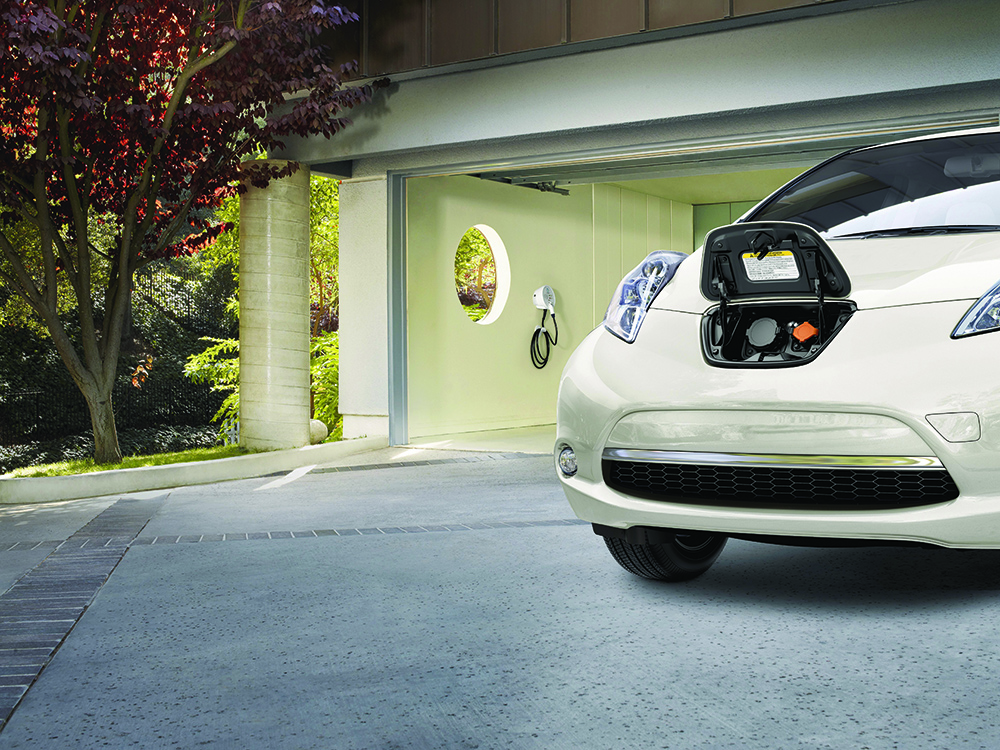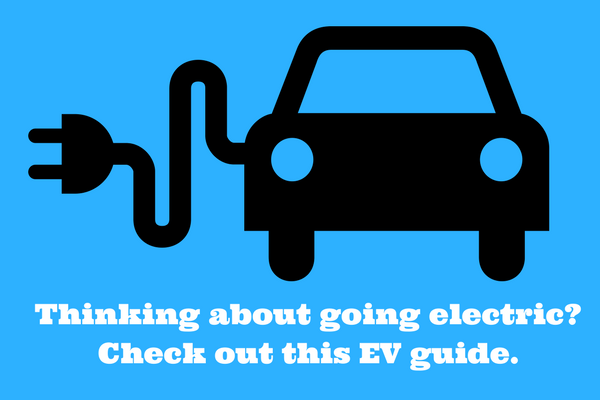Charging ahead with electric vehicles

Why more Americans are driving electric cars
I was surprised that the cost of my son’s new electric vehicle was comparable to a gasoline-powered car. What are the pros and cons of going electric?—Jeff
The electric vehicle (EV) market is growing rapidly. Let’s start with the basics: EVs plug into the electric grid for some or all of their power. There are two primary types of EVs. All-electric EVs are powered entirely with electricity, while plug-in hybrid EVs are dual-fuel cars, meaning both the electric motor and the internal combustion engine can propel them.
A key benefit of EVs is reduction or elimination of gasoline use. Instead of gas refueling, EVs need to be recharged.
At the lowest charging level, called Level 1, an hour of charging typically provides 2 to 5 miles of range per hour. Because the average light-duty car is parked for 12 hours per day at a residence, many EV drivers can use Level 1 charging for most of their charging needs. The fastest charging level can provide 60–80 miles of range in a 20-minute period.
Cost of electricity and batteries
Charging with electricity is nearly always cheaper than fueling with gasoline. An electric gallon—or eGallon—represents the cost of driving an EV the same distance a gasoline-powered vehicle could travel on 1 gallon of gasoline. On average, an eGallon is about one-third the cost of a gallon of gasoline, which means fuel for EV cost is about two-thirds less to drive than gasoline-powered cars.

Another benefit of charging with electricity is that, throughout many parts of the country, it is a cleaner fuel source than gasoline.
One key reason for the rise in EV ownership is recent reductions in the upfront cost of the cars. The batteries used in EVs are the most expensive component, but thanks to improving production methods, the battery cost has dropped by more than 50 percent since 2012, and costs are expected to keep dropping.
Range anxiety
Although even longer range and more affordable EVs are expected to hit the market soon, one of the key drawbacks of EVs is that most models currently have a range of less than 100 miles per charge. Though public charging stations available across the United States are being added (with 69 electric stations in Kentucky), many potential buyers still have “range anxiety.” Keep in mind that more than half of all U.S. vehicle trips are between 1 and 10 miles, and even in rural areas the average daily driving distances are well within the range of most currently available EVs.
PAT KEEGAN and CHRISTINE GRANT write on energy efficiency for the National Rural Electric Cooperative Association

